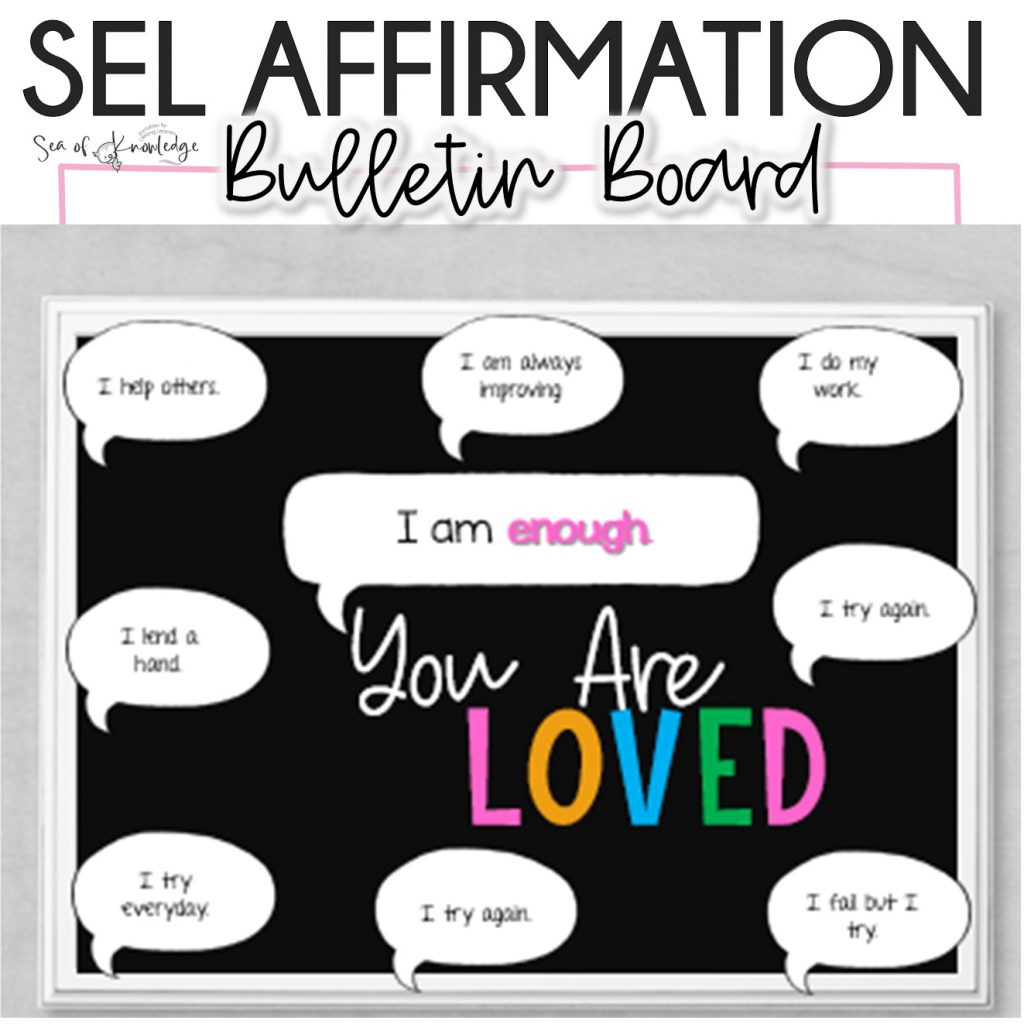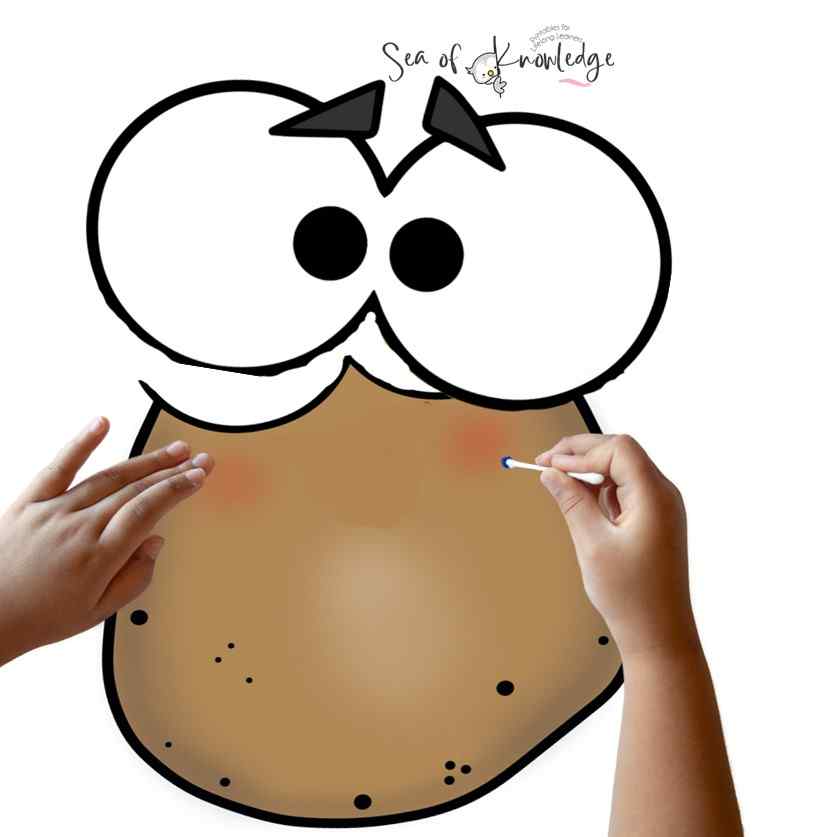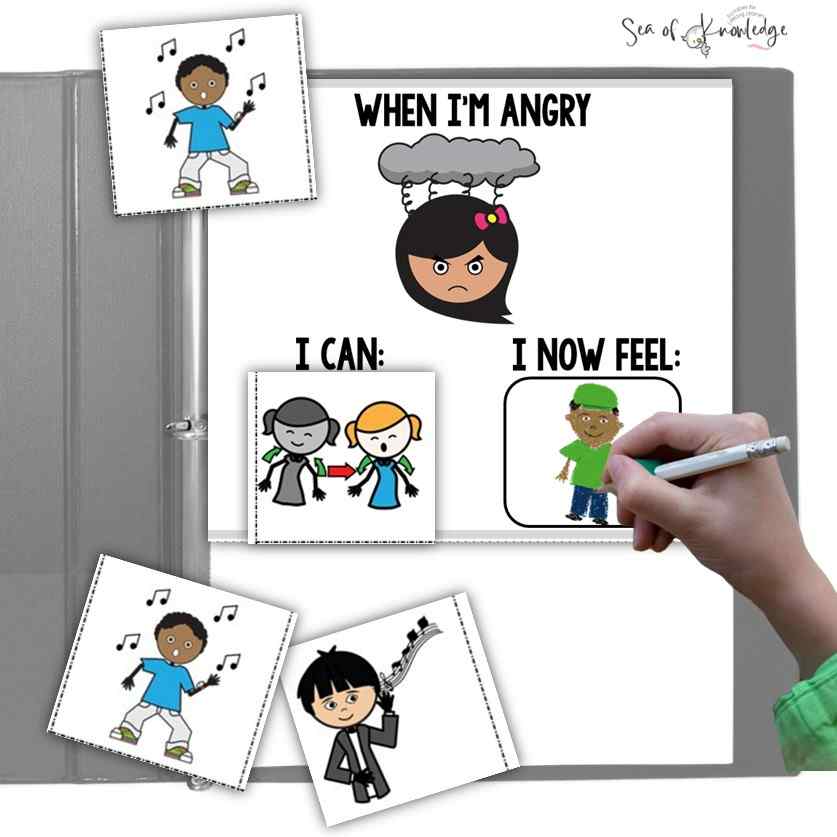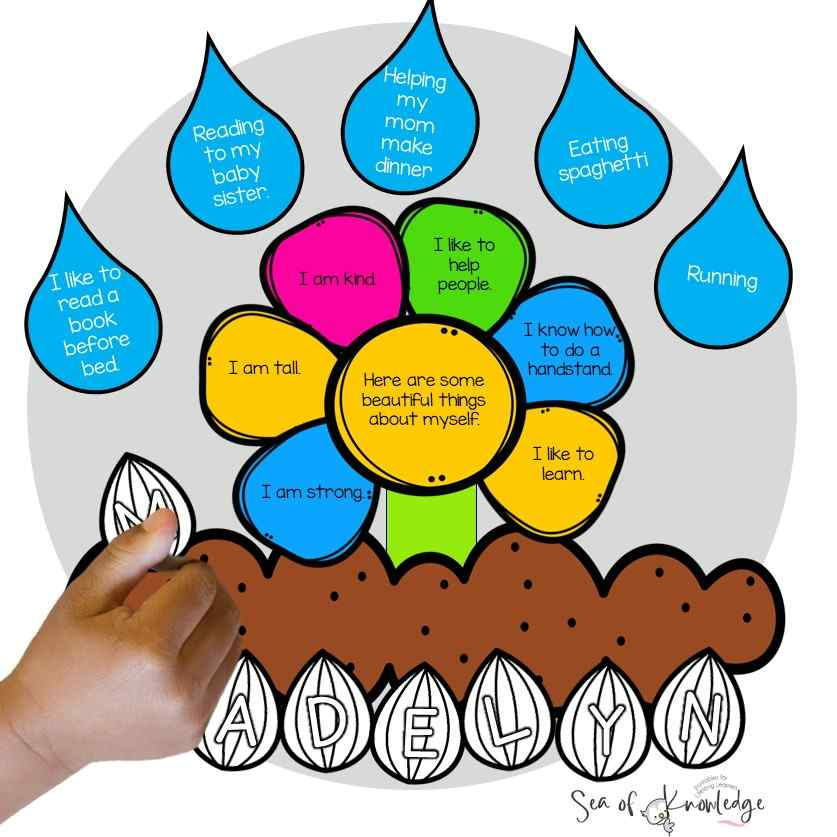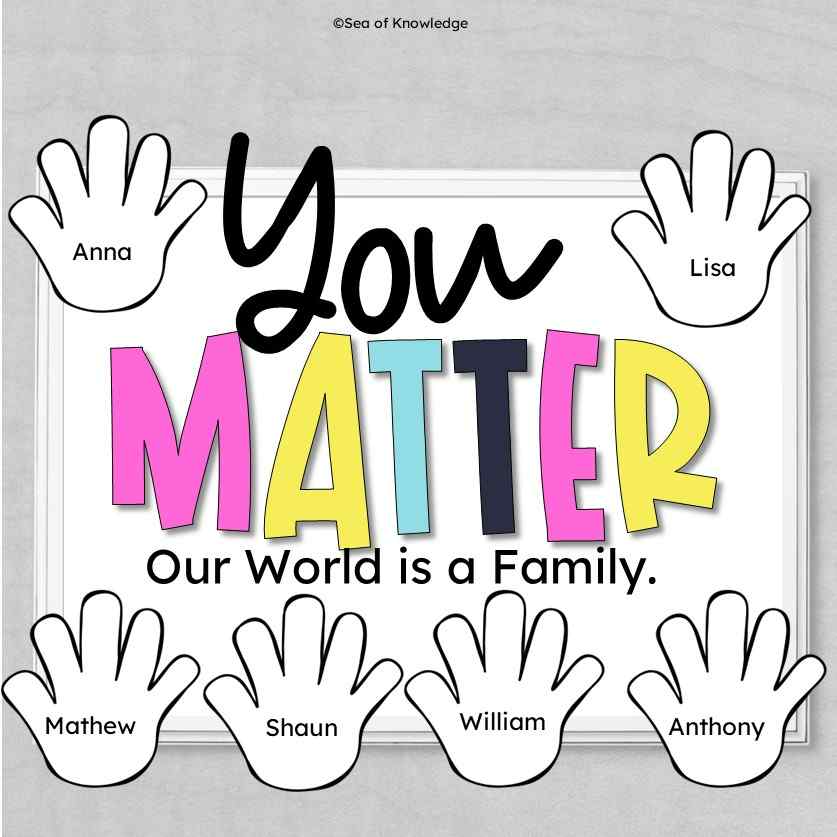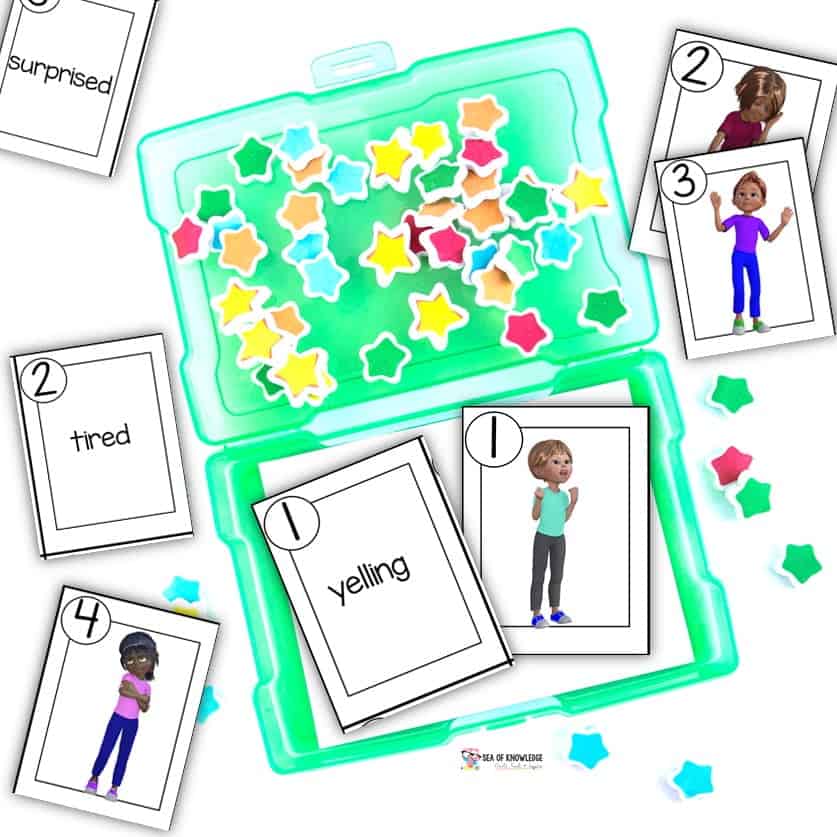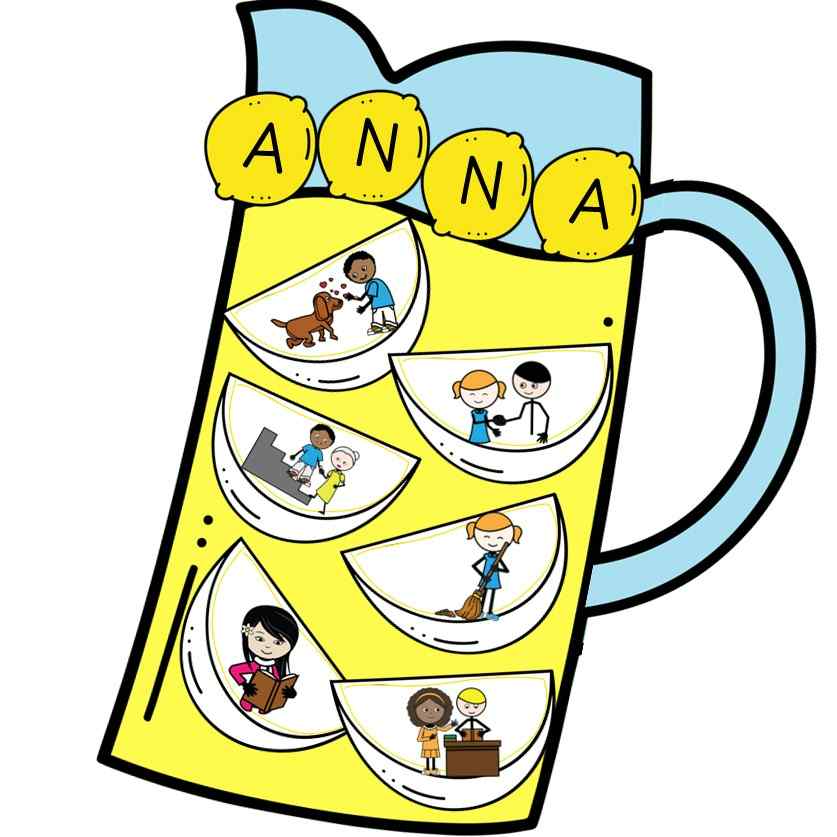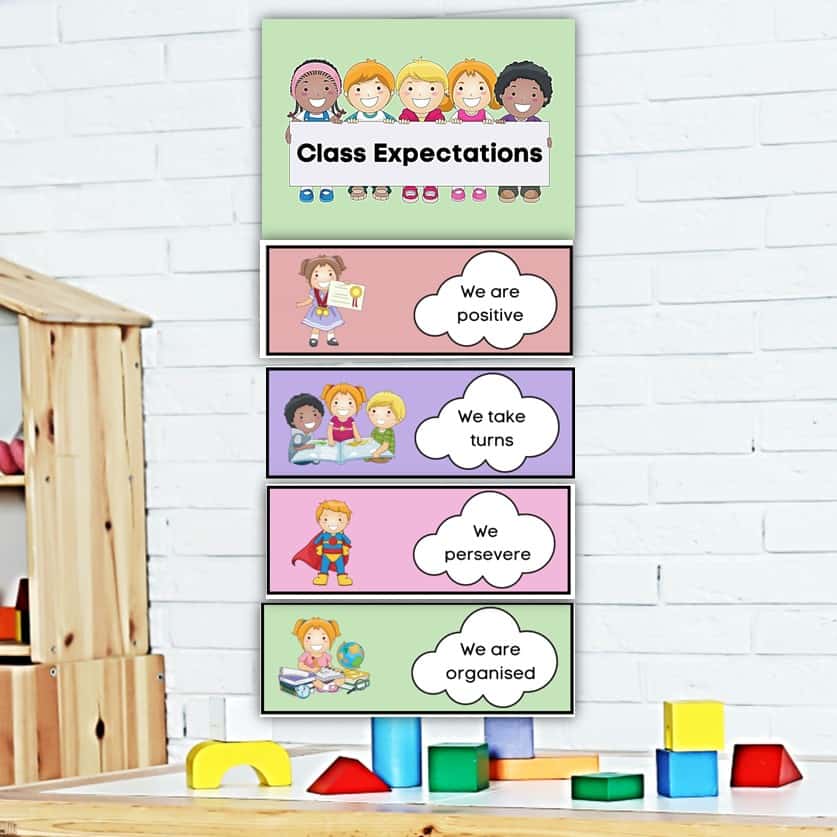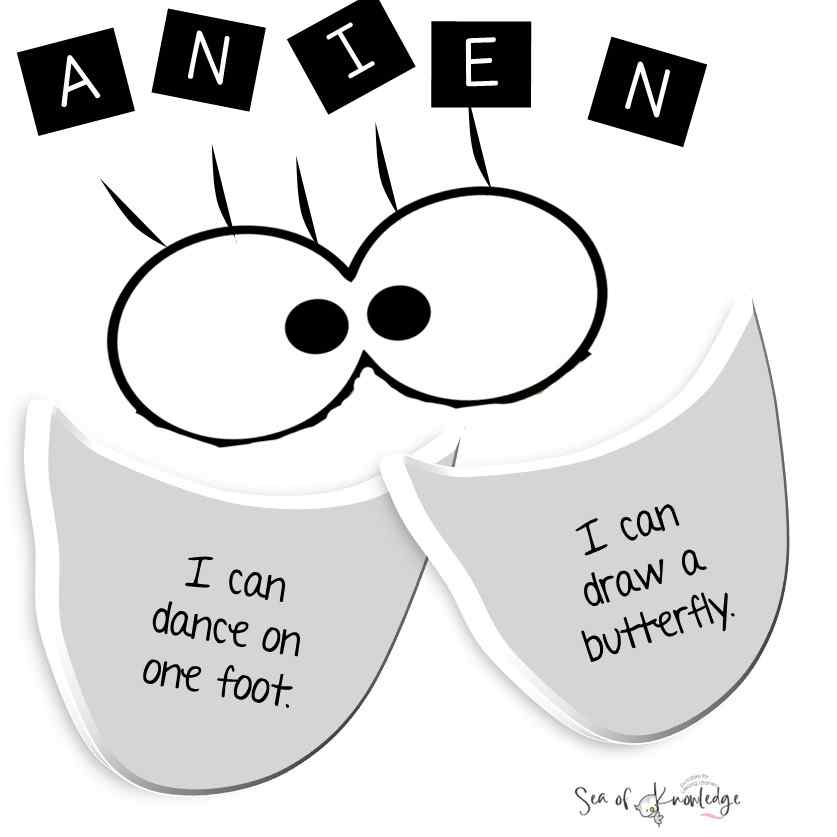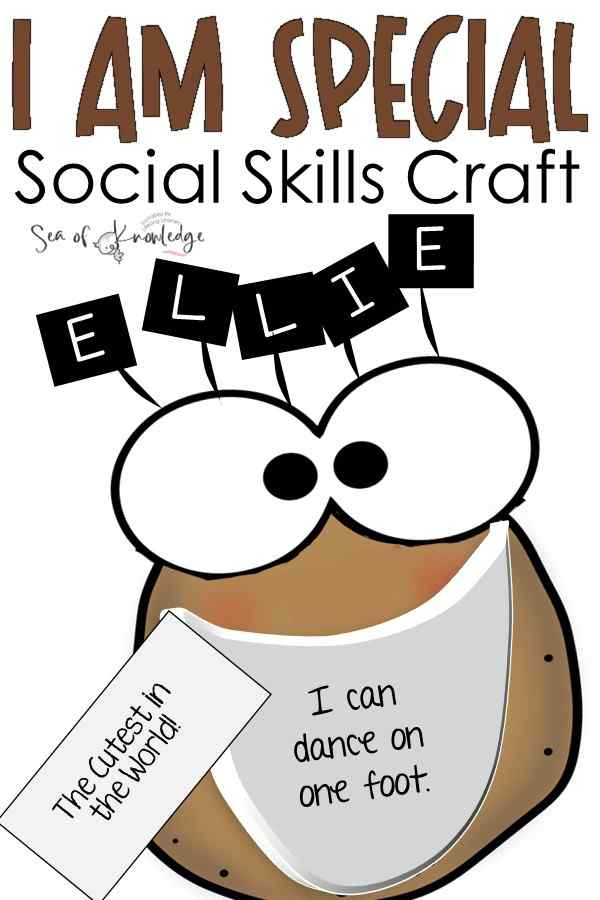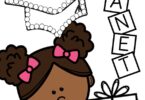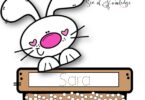As an experienced early childhood education expert, I believe that teaching children about respecting differences is crucial in building a diverse and inclusive society. These respecting differences lesson plans are perfect.
Today, I want to share with you some engaging and effective lesson plans that will help your young learners embrace and celebrate individuality.

By incorporating a fun craft featuring our friend, Rot the Potato, we can instill the values of acceptance and empathy in our students.
I love incorporating so many social and emotional learning crafts in the classroom.
This post contains affiliate links*
So, let’s dive in and explore the exciting world of respecting differences!
Respecting Differences: Meaning for Kids
Understanding the concept of respecting differences is essential for young children.
It’s about recognizing that everyone is unique and embracing those differences with kindness and understanding.
Introduce the topic by reading a book that celebrates diversity, such as “The Crayon Box That Talked” by Shane Derolf.
This book beautifully illustrates the importance of each crayon, with its unique color, working together to create a masterpiece.
Another book is all about accepting differences.
“Rot, the Cutest in the World!” is a delightful children’s book that tells the heartwarming story of Rot, an adorable little creature who believes he is the cutest in the world.
Authored by Ben Clanton, this enchanting tale is filled with vibrant illustrations and a charming narrative that captivates young readers.
The story follows Rot, a tiny creature with big dreams, as he embarks on a journey to prove to the world that he is indeed the cutest.
Use this super cute potato SEL craft with kindergarten kids and special needs kids to bring that message home.
Along the way, Rot encounters various animals and faces challenges that help him discover the true meaning of beauty.
Through his adventures, Rot learns that being cute goes beyond physical appearances and that it stems from the kindness and love within.
Designed for children aged 4 to 8 years old, “Rot, the Cutest in the World!” offers valuable lessons about self-acceptance, embracing differences, and the importance of kindness.
The book presents these messages in an engaging and accessible way, encouraging children to appreciate their unique qualities and appreciate others for who they are.
In the classroom, “Rot, the Cutest in the World!” can be a valuable resource for teachers.
Here are some ways the book can be used:
Reading Comprehension: Teachers can read the book aloud to the class and engage students in discussions about the characters, plot, and the moral of the story. This helps develop reading comprehension skills and encourages critical thinking.
Character Education: The book’s emphasis on kindness, acceptance, and self-esteem makes it a valuable tool for character education.
Teachers can use the story to initiate discussions on these themes, encouraging students to share their own experiences and reflections.
Art and Creativity: The vivid illustrations in the book can inspire students to create their own artwork based on the characters or scenes from the story. This promotes creativity and artistic expression.
Use this super cute printable craft featuring Rot and Potato. See more details here.
Writing Prompts: Teachers can use “Rot, the Cutest in the World!” as a writing prompt, asking students to write their own stories or essays about self-acceptance and the importance of inner beauty.
Social and Emotional Learning: The book provides an opportunity to discuss emotions, empathy, and inclusivity.
Teachers can engage students in activities that promote understanding and respect for others’ unique qualities and foster a positive classroom environment.
Overall, “Rot, the Cutest in the World!” is a heartwarming children’s book that combines engaging storytelling with valuable life lessons. It sparks imagination, encourages self-reflection, and promotes positive values.
How to Help Kids Accept Their Differences
Children are naturally curious and observant, making them great learners when it comes to accepting differences. Engage them in open discussions, encouraging questions, and fostering a safe space for dialogue.
Teach them that differences in appearance, abilities, and interests make each person special and worthy of respect.
Emphasize the values of empathy and kindness, encouraging them to walk in someone else’s shoes to gain a deeper understanding of their experiences.
Teaching Diversity to Elementary Students
Elementary students are at an age where they can grasp complex concepts related to diversity and inclusion. Incorporate interactive activities and games to make learning engaging and memorable.
For instance, you can organize a “Cultural Exchange Day” where students bring in items, food, or stories from their heritage.
This hands-on experience will encourage students to appreciate and celebrate the diversity within their classroom.
How Do Teachers Encourage Students to Respect Individual Differences?
Teachers play a crucial role in fostering an environment where students not only understand the concept of respecting individual differences but also actively practice it.
Here are some effective strategies that educators can employ to encourage their students to respect and celebrate the uniqueness of each individual:
Model Inclusive Behavior: As educators, we must lead by example. Demonstrate inclusivity and respect in your own interactions with students and colleagues.
Show appreciation for diverse perspectives and actively listen to different opinions.
By modeling inclusive behavior, teachers create a positive atmosphere where students feel valued and supported.
Classroom Discussions and Reflections: Engage students in open discussions about diversity and the importance of respecting individual differences.
Encourage students to share their thoughts, experiences, and questions in a safe and respectful environment.
These discussions provide opportunities for students to gain insights into different perspectives and develop empathy.
Cooperative Learning Activities: Implement cooperative learning strategies that promote collaboration among students from diverse backgrounds.
Assign group projects or activities that require students to work together, fostering understanding and appreciation for one another’s strengths and unique contributions.
Provide guidance and facilitate discussions during group work to ensure that students learn from each other and value the diversity within their teams.
Literature and Multicultural Resources: Incorporate diverse literature and multicultural resources into your curriculum. Choose books, articles, and videos that explore various cultures, backgrounds, and identities.
This exposure helps students broaden their perspectives, challenge stereotypes, and develop a sense of empathy towards people different from themselves.
Celebrate Diversity: Create opportunities to celebrate and highlight different cultures, traditions, and identities within your classroom.
Organize multicultural events, food festivals, or presentations where students can share aspects of their heritage.
Encourage students to dress in traditional attire or bring in artifacts that represent their cultural backgrounds.
These celebrations foster a sense of pride in students’ identities and promote understanding and appreciation among their peers.
Address Stereotypes and Bias: Engage students in critical discussions about stereotypes and bias that may exist within society.
Help them recognize and challenge these stereotypes by providing accurate information and encouraging them to question preconceived notions.
Teach them to challenge biases and assumptions they may encounter in media or everyday life. Encourage students to think critically and form their own opinions based on evidence and diverse perspectives.
Establish Clear Classroom Norms: Set clear expectations for respectful behavior within the classroom.
Create and discuss a set of classroom norms together with your students, emphasizing the importance of treating everyone with kindness, respect, and fairness.
Regularly revisit these norms and provide reminders when necessary. By establishing a positive classroom culture, students will feel empowered to express themselves while valuing the perspectives and experiences of their peers.
Individualized Support: Recognize that each student is unique and may require different types of support. Be attentive to their individual needs and offer guidance when conflicts or misunderstandings arise.
Encourage students to seek assistance when they need help resolving conflicts or understanding different perspectives. By providing individualized support, teachers can help students navigate challenges and develop their social-emotional skills.
Encourage Empathy and Perspective-Taking: Teach students to step into the shoes of others through empathy and perspective-taking activities.
Encourage them to consider how their actions and words may impact others.
Engage students in activities that require them to imagine different scenarios or write from the perspective of someone with a different background or experience. This practice fosters understanding, compassion, and respect for individual differences.
Address Bullying and Discrimination: Create a zero-tolerance policy for bullying and discrimination within your classroom.

Establish clear consequences for such behavior and ensure that students feel safe reporting incidents. Promptly address any instances of bullying or discrimination and provide appropriate support to both the victim and the perpetrator.
By taking a firm stance against negative behavior, teachers send a strong message that respecting individual differences is non-negotiable.
Remember, cultivating a culture of respect for individual differences is an ongoing process. It requires consistent reinforcement, open dialogue, and a commitment to creating an inclusive and supportive learning environment.
By implementing these strategies, teachers can empower their students to embrace diversity, celebrate individuality, and contribute to a more harmonious and accepting society.
Rot the Potato Story Book
Introduce Rot the Potato, a lovable character who becomes the mascot for teaching respect and acceptance.
The storybook, “Rot the Potato: A Tale of Acceptance and Friendship,” written by [Author’s Name], follows Rot’s journey of self-discovery and learning to appreciate his unique qualities.
Use this book as a tool to spark discussions and engage children in activities that promote empathy and acceptance.
Rot the Potato Craft for Kindergarten and Special Needs Students
Now, let’s get hands-on with a craft activity featuring Rot the Potato!
This craft is perfect for kindergarten and special needs students, as it allows them to express their creativity while learning about acceptance.
This craft also includes an editable name building component. You can glue these squares on top of the potato.
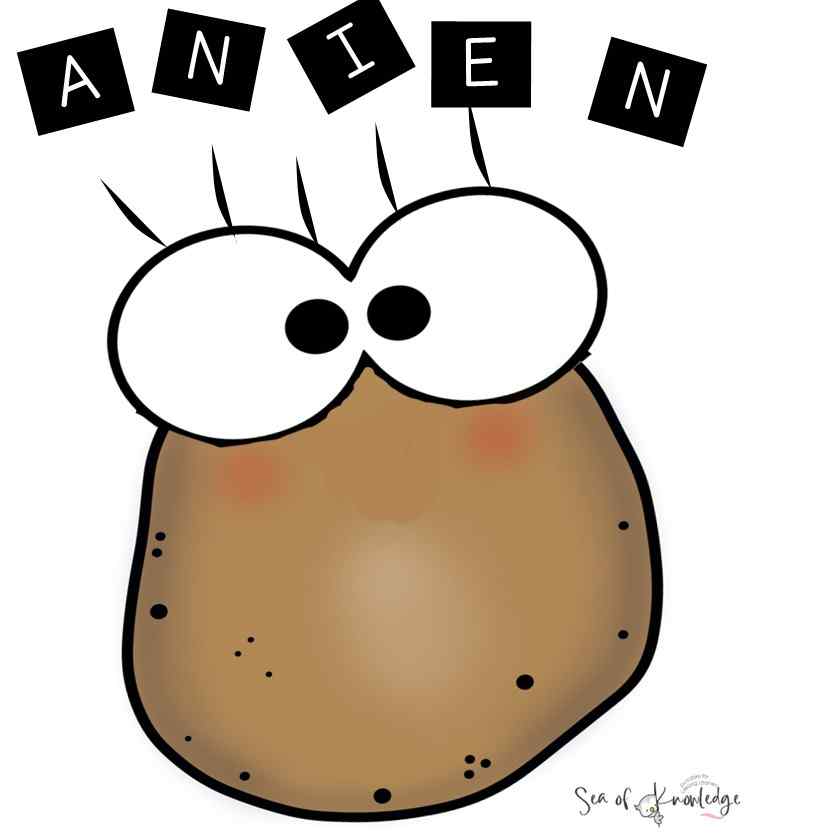
You can then have the students draw or write about the qualities they have.
On each of the smiling templates.
By incorporating these lesson plans and engaging activities centered around respecting differences, we can help shape compassionate and inclusive individuals.
>>> Get the complete editable set of the Potato SEL Craft Here.
Remember, the journey towards a more accepting world begins in the classroom.
Let’s embrace the diversity within our learning spaces and empower our students to celebrate differences, just like Rot the Potato.
Together, we can create a brighter and more harmonious future!
Note: Rot the Potato: The Cutest in the World is available on Amazon right here as a picture book.

